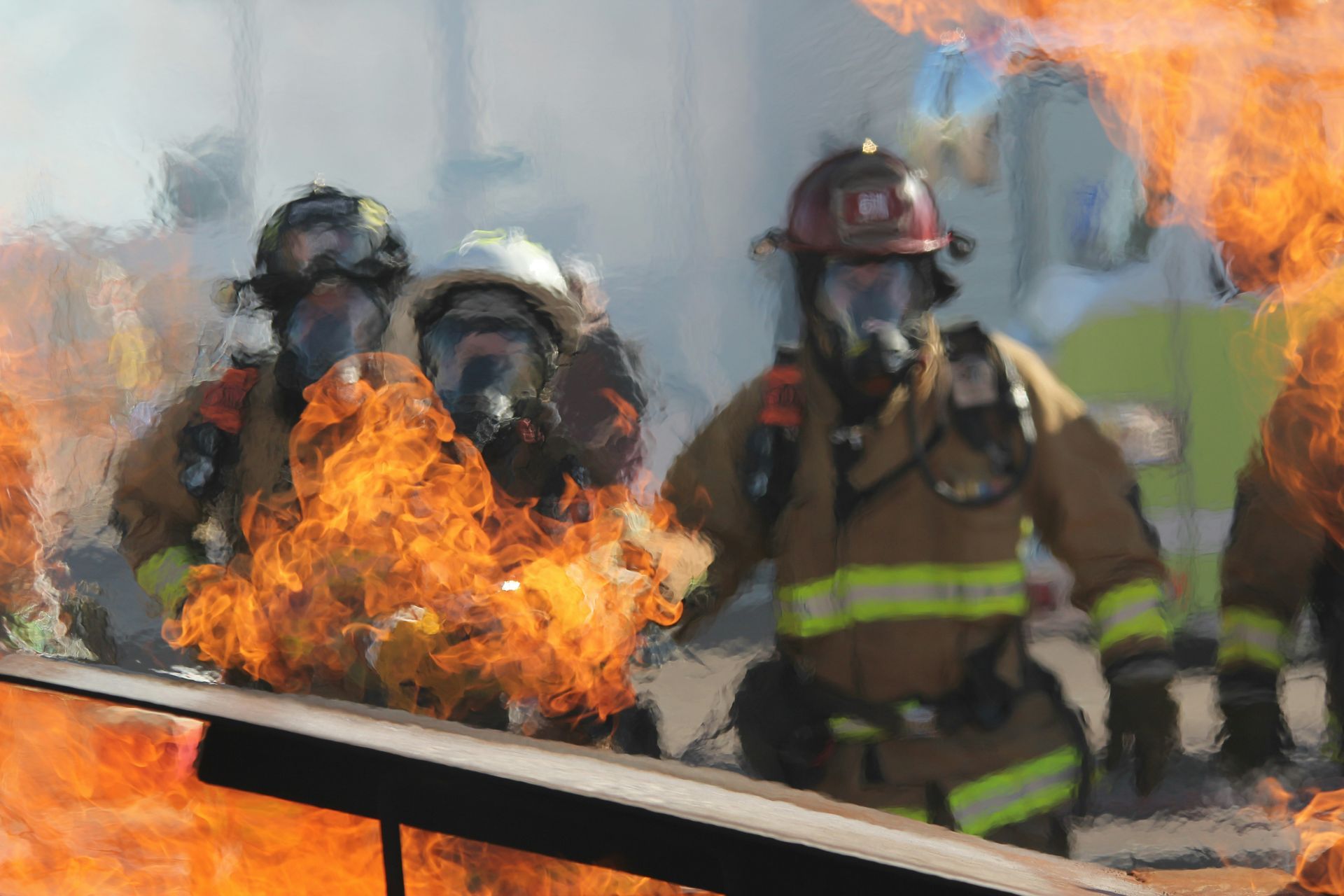The Importance of Hazmat Training for a Safe and Healthy Community
One of the most potentially dangerous situations that can happen within communities is the occurrence of hazardous materials or hazmat incidents.

The world around us is ever-changing and unpredictable, and sometimes, unexpected emergencies arise that can threaten our communities. One of the most potentially dangerous situations that can happen within communities is the occurrence of hazardous materials or hazmat incidents. Hazmat incidents are events that involve hazardous materials that pose a threat to human health and the environment. In order to minimize the impact of such incidents, comprehensive and regular hazmat training is necessary for both emergency responders and civilians. This blog post will explain why hazmat training is essential to keep our communities safe and healthy.
Reducing Hazmat Risks
In order to minimize the risks of hazmat incidents, both emergency responders and civilians must have knowledge and skills to manage hazardous materials. Hazmat training equips individuals with the necessary skills to identify and interpret hazard warning labels, properly use PPE, conduct proper decontamination procedures, and handle hazardous materials safely. Regular and thorough training can help reduce the potential for accidental spills and releases of hazardous materials, improving community resilience to hazmat incidents.
Safe Handling of Hazardous Materials
Hazmat training is specially designed for people who deal with hazardous materials; therefore, individuals are well-trained to handle these materials safely. In the event of a hazmat incident, hazmat responders are better prepared to act quickly and control the situation decisively, and civilians are equipped to take appropriate safety measures to safeguard themselves, their community and the environment.
Improved Community Preparedness
Hazmat training is essential to improve community preparedness. It helps both emergency responders and civilians to better understand how to manage hazardous materials and respond to a hazmat incident. By participating in regular training, individuals develop a better sense of situational awareness, enabling them to recognize potential hazards before they occur. When the community is well-prepared for hazmat incidents, they are much better equipped to respond in a timely and efficient manner. As a result, people can prevent injuries, minimize environmental harm, and reduce the economic impact of hazmat incidents on their community.
Regulatory Compliance
Hazmat training is highly regulated by the government. Individuals who work with hazardous materials or handle them regularly, must complete mandatory hazmat training courses. Companies that work with hazardous materials must also comply with regulatory requirements for hazmat training. Therefore, compliance with these regulations ensures a safer workplace, lessens or eliminates the risk of injury or health problems, environmental contamination, and expensive legal penalties.
Community Collaboration
The most important aspect of hazmat training is that it fosters a sense of community collaboration. Hazmat training brings emergency responders, local business owners and civilians together to learn and understand how to respond to hazardous materials incidents. Collaboration in training enhances communication in a time of crisis, strengthen partnerships, trust and community resilience.
In conclusion, hazmat incidents pose serious risks to our communities, environment, and health. Proper hazmat training is essential for reducing the risks associated with hazardous materials, managing them safely and keeping communities healthy and secure. Through regular training, individuals and companies can comply with regulatory requirements, reduce the potential for accidents involving hazardous materials, and ultimately, contribute to building a safer, more resilient community that is well-prepared for unforeseen circumstances. Start encouraging your community to engage in hazmat training today to ensure that everyone is knowledgeable and capable, resulting in a community culture of safety and preparedness.










